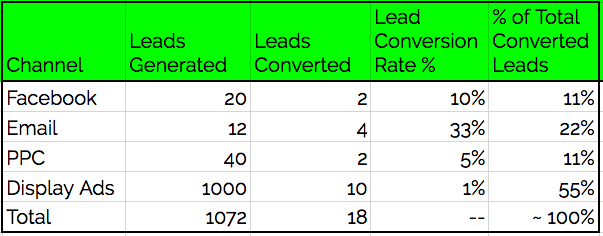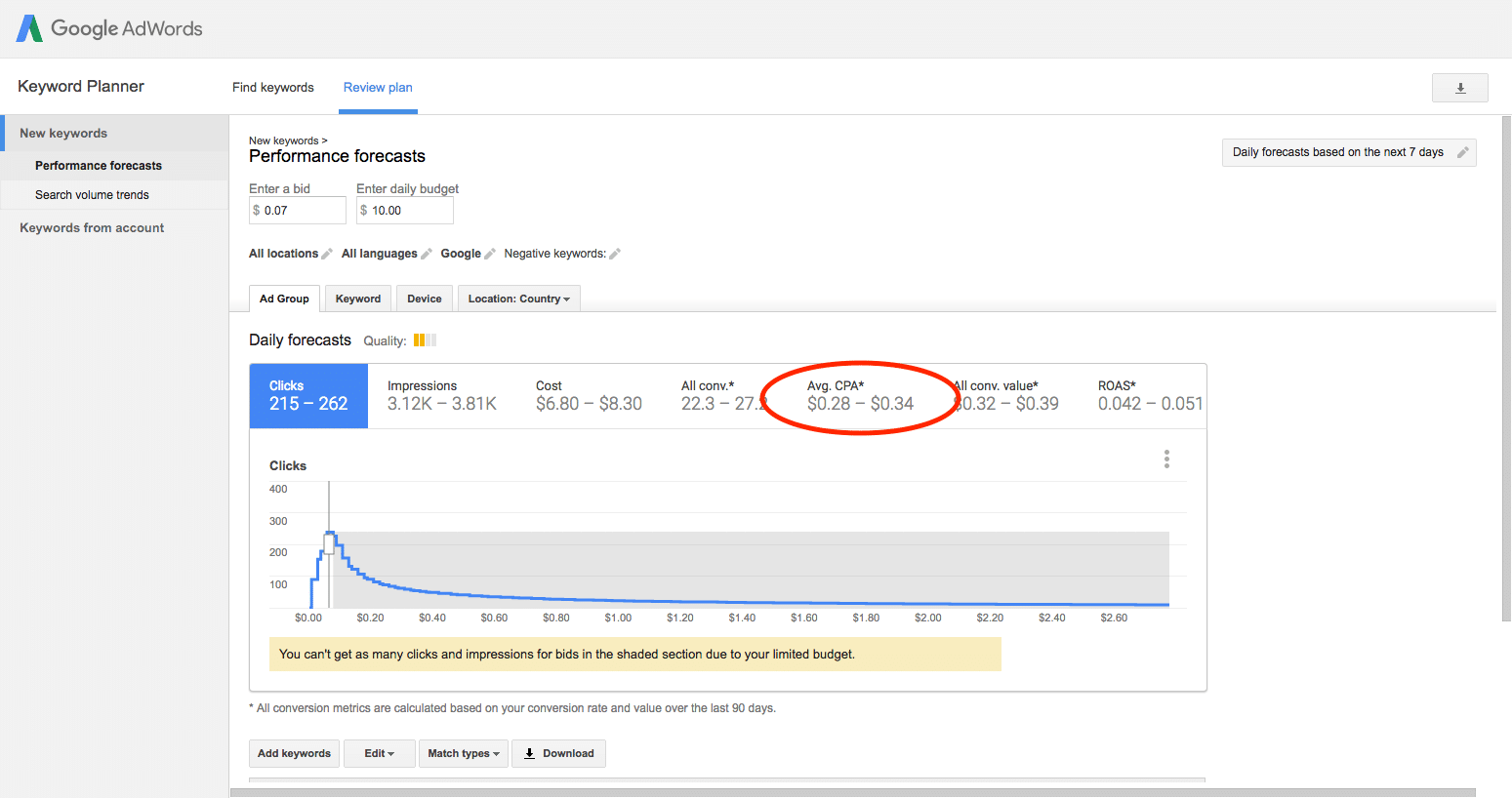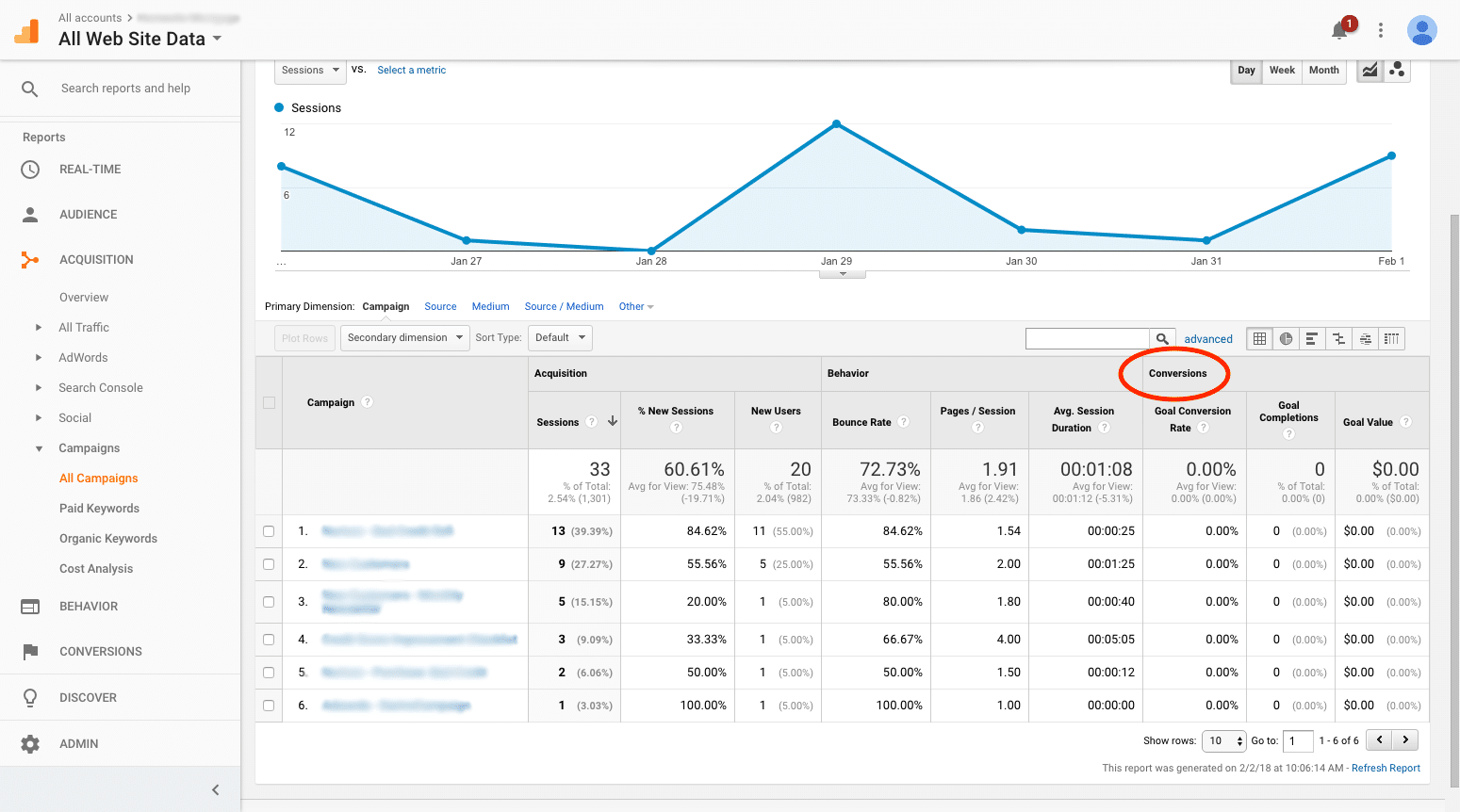
Are you getting your audience’s attention? Are your marketing efforts actually getting new leads? You can’t know the answers to these questions unless you know how to measure success. One of the most important measurements to monitor your marketing process is lead conversion rate.
Lead conversion defines a change from a lead to another buyer stage. This could be a lead to an opportunity, which then goes to the sales process, or a lead to a customer, which measures sales and marketing together. With lead conversion defined and well-understood, you can maximize it, in turn maximizing sales and getting the most out of your lead generation dollars.
Use These 8 Metrics to Maximize Your Lead Conversion Rate
1. Lead Conversion Rates By Channel
Knowing which channels generate the most lead conversions can help you focus your time and money in the best way. Keep in mind that lead conversion differs from lead generation. A channel producing the most leads might not produce the most conversions.
For example, let’s say you generate 20 leads a month through Facebook advertising, 12 through email marketing, and 40 through PPC ads. Though PPC ads produce the most leads, how many of those leads convert?
Using marketing automation tools, you can see which leads move on to sales opportunities or purchases, and where they started. Let’s say 2/20 (10%) Facebook leads convert, 4/12 (33%) email leads convert, and 2/40 (5%) PPC ad leads convert. With those numbers, you can see email marketing generates the most lead conversions, and the highest rate. You should probably focus your energy here.
Remember; a channel producing a lot of lead conversions at a low rate may still be effective. In the above example, what if display ads generated 1000 leads and converted 10? Though the conversion rate is only 1%, it’s still more leads than any other channel. Compare rates both individually and as a part of overall lead conversion. You should also consider the costs of each conversion (more on this later).
2. Lead Conversion Rates By Campaign
In the same way you compare channels, it’s a good idea to compare campaigns. Which campaigns had the highest lead conversion rate? Among the most successful campaigns, look for things in common. Did all of these campaigns target a specific persona? Did they all use a certain type of marketing asset, like an ebook or a free trial? Use this to set up future campaigns.
3. Lead Conversion By Persona
Of all your converted leads, does any particular buyer persona stand out? If so, these people probably respond best to your business. Maybe they relate better to your brand, or maybe they need what you sell more. Understanding lead conversion rates by persona will help you focus on the right people, and tailor your message accordingly
To accurately measure this, you’ll need to set up marketing automation and sales automation tools with the ability to segment your audience. You’ll also need descriptive buyer personas and a way to accurately gather data, such as forms or targeted ads.
4. Cost Per Conversion
Google Adwords and Analytics show you Cost Per Acquisition (AKA Conversions) on any campaign, keyword, or adgroup based on predictions or goals you specify. To get this, Google divides total costs of the ads by the number (or expected number) of conversions. You can expand this formula to find your average cost per conversion of each channel. Be sure to include all the fixed and variable costs of each channel, like email automation software for email marketing, or video development for YouTube ads.
To get an average cost per conversion for all marketing channels, add up all annual costs of lead generation, nurturing, and scoring, and divide by the total annual converted leads. This is a good benchmark to compare channels, and a good baseline for setting long-term goals. As more leads convert and you reduce costs, your cost per conversion will improve.
5. Lead Value
Once you know your costs, you need to know how much a lead is worth. This might be the average lifetime customer value or the average value of a sale, whichever makes more sense for your business.
For average lifetime customer value, add up the total sales and divide by the number of customers. For average sale value, add up total sales and divide by the number of sales. If you only measure conversion from lead to opportunity, multiply by the rate opportunities turn into sales or customers.
6. Conversion ROI
With your average cost per conversion and value you can calculate, on average, your return on investment per conversion.
For example, if it takes $200 total to generate, nurture, and score a lead, and each customer spends $350, your ROI is 75%. (150 / 200 = .75)
Since both sales and marketing goes into this metric, it’s a good long-term improvement goal for both departments. Individual departments may set more focused goals, such as lowering cost per conversion, raising conversion rates, raising sales, or raising close rates, to increase overall ROI.
7. New Conversions Vs. Existing Customers
New and existing customers are both essential. Once you know how many new leads convert to customers, measure this against existing customer purchases. This will guide your sales and marketing efforts, and show the health of your sales funnel.
Your product life cycle, business model, lifetime customer value, and other metrics all play a role in determining the right balance of new and loyal customers. A brand known for its cult following will depend more on loyal customers than a business focused on speed and convenience.
If most sales dollars come from loyal customers, spend your budget accordingly on keeping these customers engaged. Though loyal customers will probably spend more in total, sales from new customers should be regular and increasing over time. If new customers are drying up, either lead conversion or lead generation is falling, which is bad news for the future of your brand.
8. Lead Conversion Rate Vs. Close Rate
Be sure to look at the efficacy of the entire process. If lead conversion is only lead to opportunity, compare it to the close or win rate; how many opportunities become sales.
With each new stage the prospect pool narrows, but this smaller pool should be more interested in buying. If the sale rate is considerably lower than the lead conversion rate, there may be a problem with lead scoring, or the sales team might be spread too thin.
Make sure you have a reliable system in place for gathering data, or your calculations won’t be useful. When you know the numbers, you know where to focus your time and money, you can detect problems, fix them, and continuously convert more leads.




